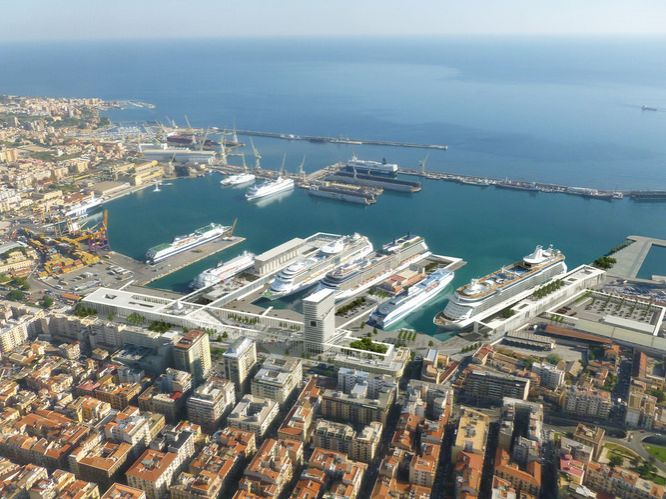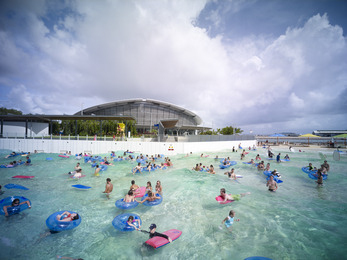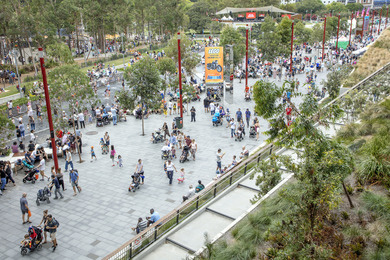Darling Harbour Public Realm, Sydney
20ha
HIGHLIGHTS
- One of Sydney’s most significant urban renewal initiatives
- Reinvigorated parklands, integrated landscapes and open space, and incorporated water features, public art, plazas and event spaces
- Created opportunities for an array of events, like open-air concerts, market stalls and busking
- Winner Australian Institute of Architects National Awards Walter Burley Griffin Award for Urban Design 2018
“The precinct feels vital, engaging and safe [with] a clarity that previously evaded it. This is a true urban project of city scale, which will have an important impact on the future of the inner city.”
Jury citation, Australian Institute of Architects National Awards 2018
View project

Darwin Waterfront Public Domain, Darwin
2.5ha
HIGHLIGHTS
- Transformed a disused industrial port, considered to be a wasteland between the city and the ocean, and reconnected the city centre to the coastline
- A mixed-use precinct with residential, commercial and hospitality buildings, a convention centre, and leisure and entertainment facilities – all connected and easily accessible from the city centre
- Designed the waterfront’s first public domain – a collection of sprawling parklands, promenades, picnic areas, cultural facilities, public art, a beach and a brand-new convention centre
“Every year, locals and tourists are drawn to the precinct for its vibrant events, great mix of quality restaurants and eateries, excellent shops and salons, the popular wave lagoon and free saltwater swimming lagoon and the manicured parks and promenades.”
Darwin Waterfront Annual Report 2012-13
View project
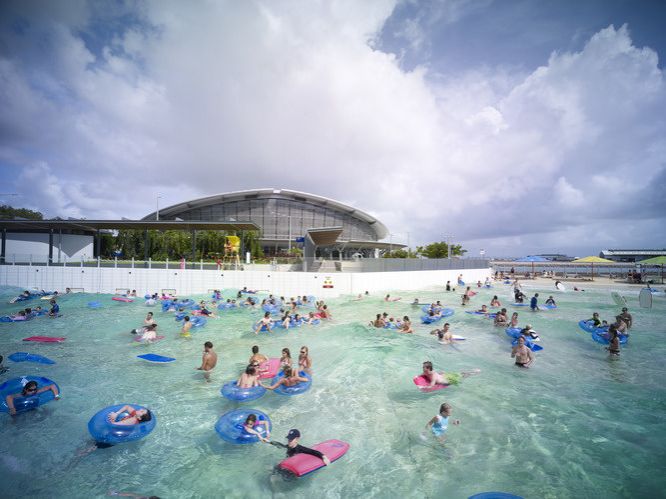
Esperance Waterfront, Western Australia
8ha
HIGHLIGHTS
- Revitalised over a kilometre of previously underused landscape into a precinct integrating a beachside plaza, playspace and reclaimed historic headland with pavilions and landscape walks
- A new highly-engineered seawall and intensive planting protects the fragile shoreline from erosion
- Significant investment in locally sourced materials, including Esperance pink granite, 63,000 endemic plants, and 40 artworks
- Through a community engagement program, we worked with historians, local artists and graphic designers to interpret local stories
“We are really proud of our new waterfront, which has truly enhanced the vibrancy of our town … On any given day you can see people strolling along it, walking their dogs or simply enjoying the view.”
Malcolm Heasman, Shire of Esperance President
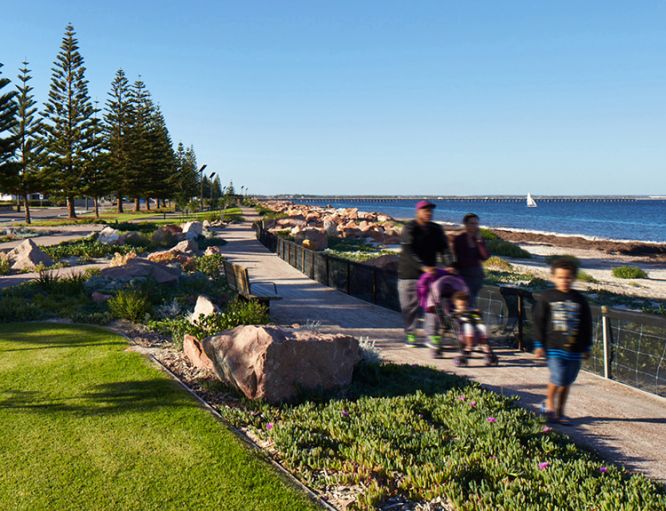
San Francisco Embarcadero & Public Piers Plan
65ac
HIGHLIGHTS
- 65 acres of new waterfront parks
- 16 miles of continuous waterfront access via public a promenade and pier aprons
- 9 miles of new accessible waterfront
- A proposal that repairs and preserves the culture of the historic district, while also preparing for the future’s inevitable sea level rise
- Unlocks the corridor’s public use potential through the creation of sports hubs, museums, mixed-use development, retail and parks and wildlife sanctuaries
- Designed for equitable access to the waterfront, with activities and attractions for people of all ages and cultural and economic backgrounds
“In an ideal world, as Hassell has proposed in its ambitious submission, the port would … couple the desire to upgrade historic piers with the need to prepare the waterfront corridor and its eclectic structures for sea level rise.”
John King, San Francisco Chronicle
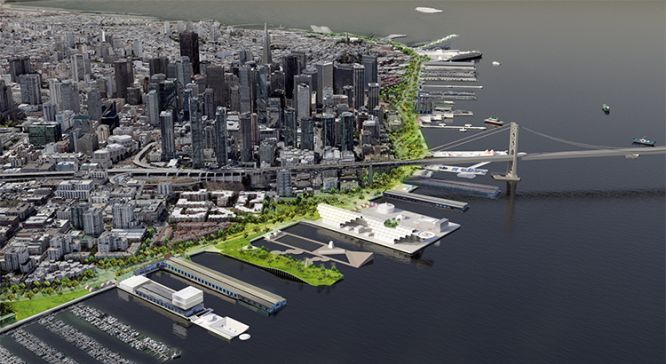
Palermo Cruise Terminal Design Competition
40,000sqm
- Designed to engage visitors and locals – and help the city embrace the sea once more
- Ties together old and new buildings with new covered walks or open arcades running along the walls of the buildings – as well as new public rooftops created as spaces for people to gather
- The ‘cloisters’ helped define the three main functions of the site, with its cruise ship and ‘ro-ro’ (cargo) terminals plus a new ‘gateway’ area fronting Via Francesco Crispi
